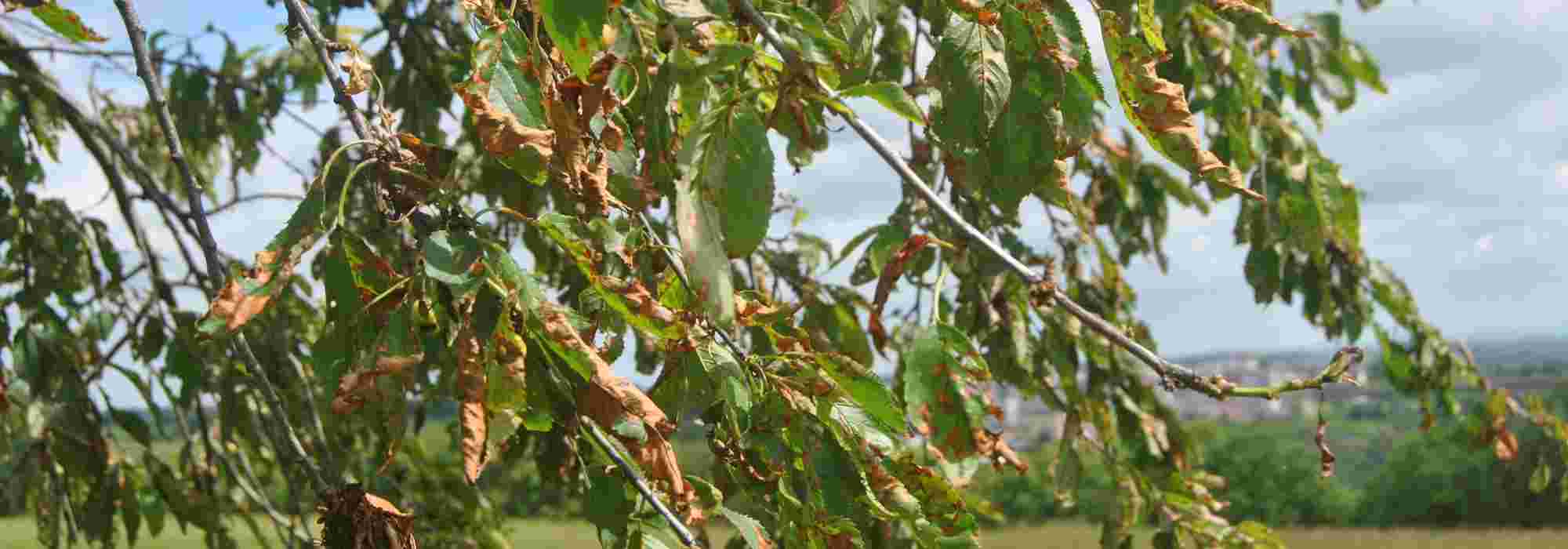
Coryneum or Stone Fruit Shot Hole Disease
Control and Treatment of Coryneum
Contents
Shot Hole Disease, also known as “Crib Disease” or “Gunshot Disease,” is well-known among fruit growers on stone fruit trees and is caused by a virulent fungus, Coryneum beijerinckii. This disease can lead to a significant decrease in yield, devalue the fruit, and considerably weaken the tree in cases of severe attacks. It also affects ornamental Prunus such as Cherry Laurel and Prunus pissardii.
Which species are sensitive to Coryneum?
Coryneum beijerinckii, also known as Stigmina carpophila, is responsible for shot hole disease in Cherry trees, Peach trees, Almond trees, Apricot trees, and sometimes even in Plum trees (especially d’Ente), as well as in Walnut trees, Blackcurrant bushes, Gooseberry bushes, and Raspberry bushes. Plum trees are more frequently affected by Coryneum microstichum, which also impacts Kerria, these popular bushes that produce small yellow pom-poms in spring.
Read also
Apricot tree: planting, pruning, careHow to identify Coryneum?
This fungal disease typically occurs in summer, but can appear as early as spring on cherry laurel.
Generally, Coryneum fungi first cause brightly coloured round spots of about 3 mm on the foliage:
- reddish with a dark border on Cherry, Peach, and Cherry laurel,
- purple-brown on Apricot,
- orange, red, or purple on Plum (3 to 5 mm in diameter),
then the centre turns grey and perforates, hence the term “shot hole”.
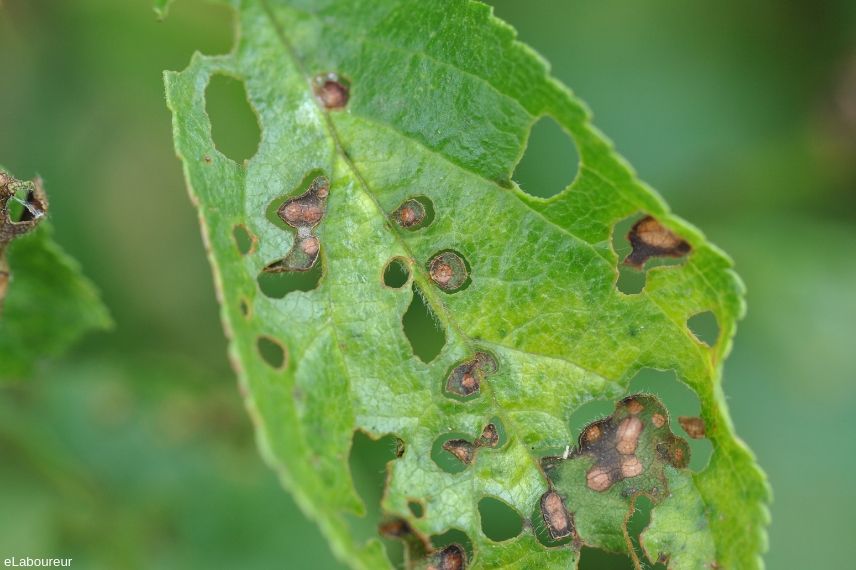
- Both Peach and Almond trees respond with a drop of foliage even when slightly affected.
- When young shoots are infected, characteristic round spots appear on the branch from which gum sometimes oozes abundantly, potentially leading to the dieback of the branch.
- The buds affected do not break dormancy.
- The fruits are often affected on Almond and Apricot trees, which then show a more or less lumpy surface marked with small grey-brown spots, and sometimes also on Cherry (small brown spots that deepen), leading to the cessation of fruit growth followed by its drop.
Coryneum microstichum, more common on Plums, causes, in addition to leaf perforations, small cankers on the branches around the buds that lead to branch dieback. On Kerria, elongated brown-purple spots with a dried centre appear on young branches, from which blackish punctuations (the spores) emerge. This results in the drying out of the terminal part of the branches.
Symptoms can be confused with those of a bacterial attack (bacterioses from Pseudomonas or Xanthomonas), or from viruses, or due to over-concentrated treatments, particularly with copper, or from burns caused by water droplets on the foliage during the hot hours of the day.
Discover other Peach and Nectarine trees
View all →Available in 1 sizes
Available in 1 sizes
Available in 1 sizes
Available in 1 sizes
Available in 4 sizes
Available in 1 sizes
Available in 1 sizes
Available in 2 sizes
Available in 1 sizes
Available in 1 sizes
Factors Favouring Coryneum
The conservation of the fungus primarily occurs in cankers and buds, as well as in the fruits that disperse the spores.
The fungus responsible for the canker disease of stone fruit trees causes economically significant damage, especially during wet winters and springs. With rain and temperatures above 2°C, the fungus can indeed continue to progress within the plant during winter. In spring, rain and wind contribute to the dissemination of spores onto flowers and young leaves.
During years with relatively dry winters, the fungus often remains inconspicuous.
Control and treatment against Coryneum
- Prune infested wood as soon as possible and burn it. Remember to avoid excessive pruning of stone fruit trees when they are healthy, except for peach trees, which only flower on one-year-old shoots!
- Remove and burn dead leaves under infested trees.
- Collect infested fruits that carry spores.
- Treat with copper (Copper Oxychloride) the Cherry and Plum trees, just after leaf fall in autumn and again at bud burst period. For the Peach, prefer products like Cuivrol or Ferticuivre, which are lower in metallic copper and less toxic to the tree (composed of Copper Sulfate or Copper Oxychloride, trace elements, and plant macerations), that can be applied 2 or 3 times during the season at low doses (3 to 5 g/l). Treatments against peach leaf curl generally prevent shot hole disease in peach trees. You can intervene just before flowering and immediately after the first petal falls.
- Disinfect pruning wounds with a copper solution and cover larger ones with healing paste.
- Limit nitrogen fertiliser applications and avoid overhead watering in your orchard.
- Subscribe!
- Contents
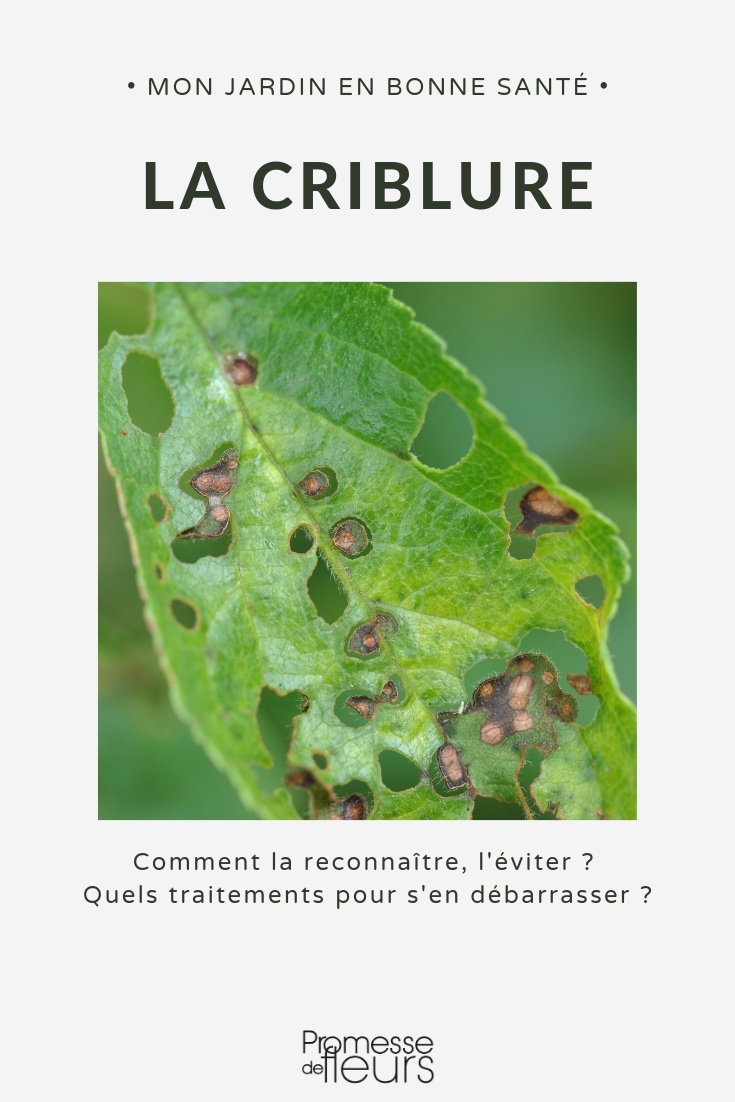































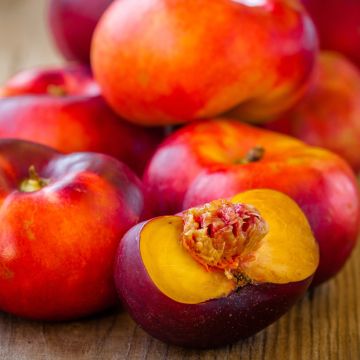
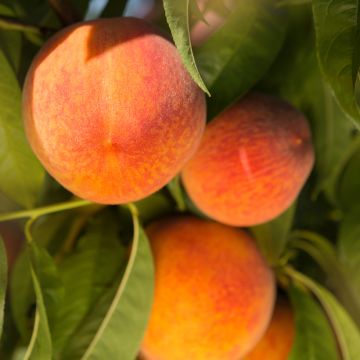
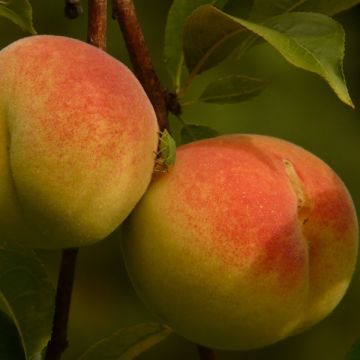
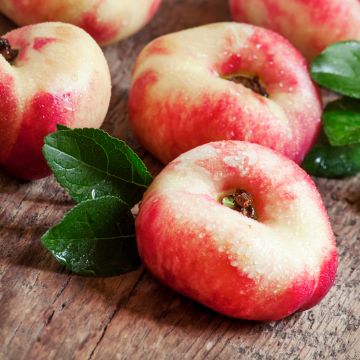
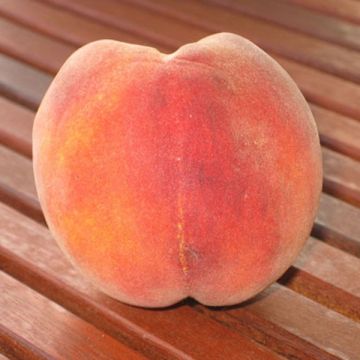
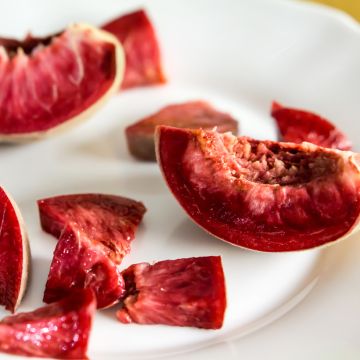
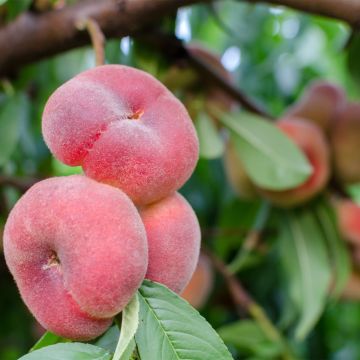
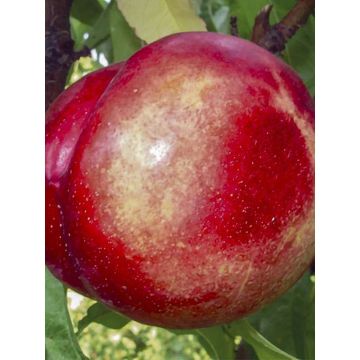
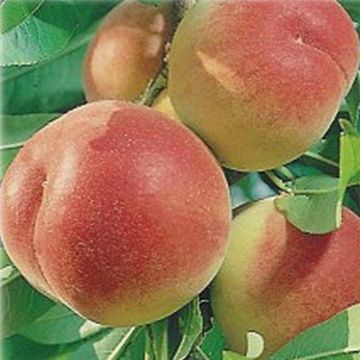

Comments